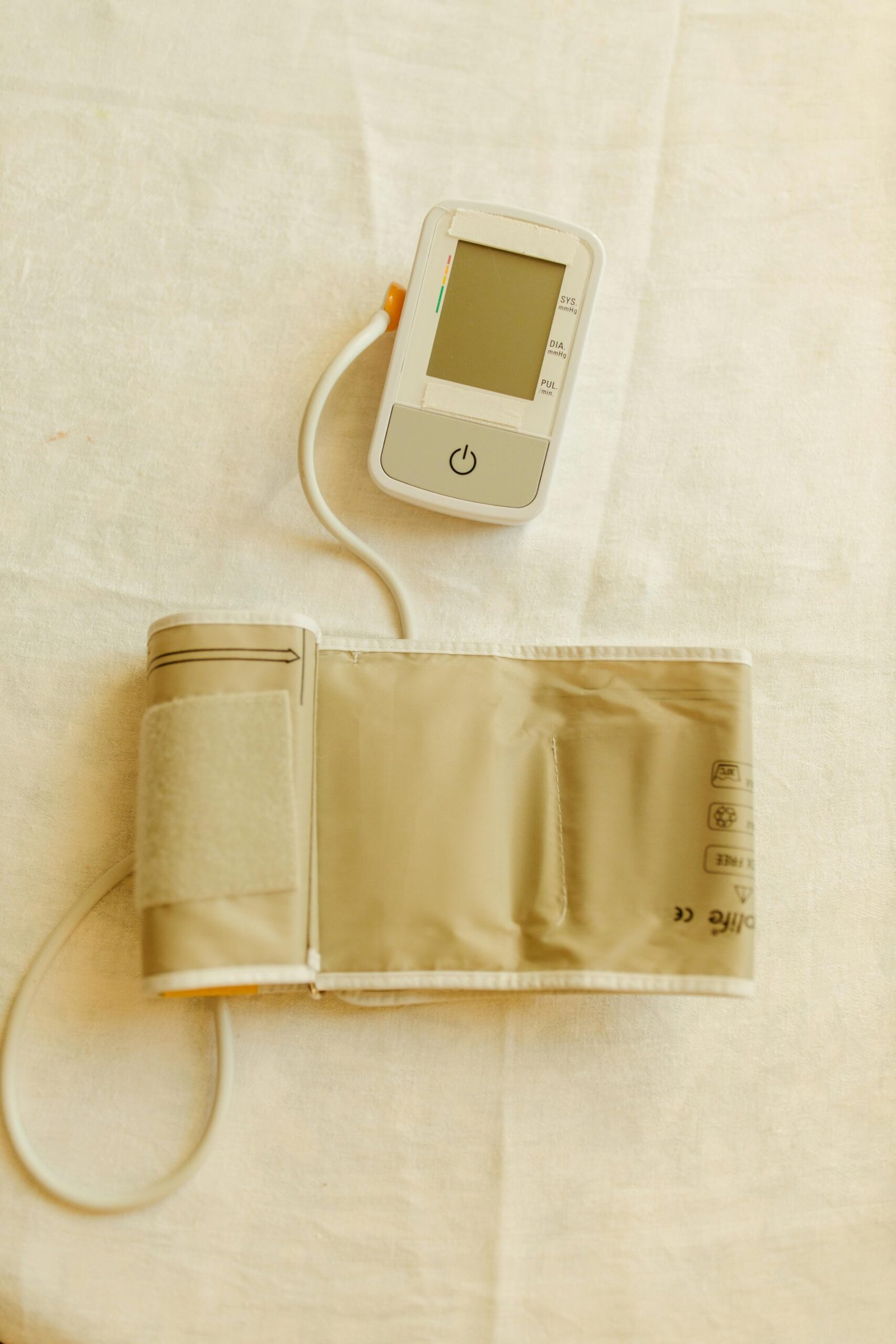Deepening the Investigation into Ford’s BlueCruise System
The National Highway Traffic Safety Administration (NHTSA) has taken a significant step in its ongoing inquiry into Ford’s advanced driver assistance system, BlueCruise. This development marks the transition from an initial investigation to a more rigorous engineering analysis—a necessary precursor to any potential recall.
Background of the Investigation
Initially, the Office of Defects Investigation within NHTSA launched a probe into BlueCruise in April, following two tragic incidents involving Ford Mustang Mach E vehicles. In these incidents, the cars collided with stationary vehicles, raising concerns about the system’s functionality. This week, NHTSA announced that it is intensifying its scrutiny by upgrading to an engineering analysis.
“Our focus will now include comprehensive vehicle evaluations and the review of further technical data,” explained a NHTSA representative, “as well as a detailed analysis of both crash and non-crash reports.”
{NHTSA Representative}
The Scope of BlueCruise
An estimated 129,222 Mustang Mach E vehicles are equipped with the BlueCruise technology. Ford has expressed its commitment to assisting NHTSA in this investigation. According to a spokesperson from Ford, they are actively collaborating with NHTSA to address any concerns.
Identified Limitations
Preliminary findings from NHTSA highlighted specific limitations within BlueCruise’s functionality, particularly its detection capability concerning stationary vehicles under certain conditions. A notable limitation is the system’s tendency to falsely perceive stationary objects at long distances when traveling at speeds exceeding 62 miles per hour. Furthermore, performance issues may arise under poor visibility due to inadequate illumination.
About BlueCruise Technology
Debuting in 2021, BlueCruise was introduced in Ford’s F-150 pickup and selected Mustang Mach-E models. The hands-free feature integrates cameras, radar sensors, and sophisticated software to offer adaptive cruise control, lane centering, and speed-sign recognition. Though similar to GM’s Super Cruise—which also monitors driver attention through an in-cabin camera—BlueCruise differs from Tesla’s Autopilot by requiring driver engagement through eye monitoring rather than hands-on-wheel feedback.
- BlueCruise operates on pre-mapped highways only.
- Tesla’s Autopilot still necessitates manual wheel control.
Comparative Investigations
It’s important to note that last October, NHTSA also initiated an investigation into Tesla’s “Full Self-Driving (Supervised)” software after several accidents were reported during low-visibility conditions. This ongoing investigation remains separate yet underscores the broader regulatory focus on ensuring autonomous technology safety.
Conclusion and Future Implications
This enhanced investigation into Ford’s BlueCruise system reflects a growing emphasis on safety and accountability within the autonomous vehicle sector. As these systems become increasingly integral to modern driving experiences, such rigorous evaluations are crucial for ensuring public safety and technological reliability.



